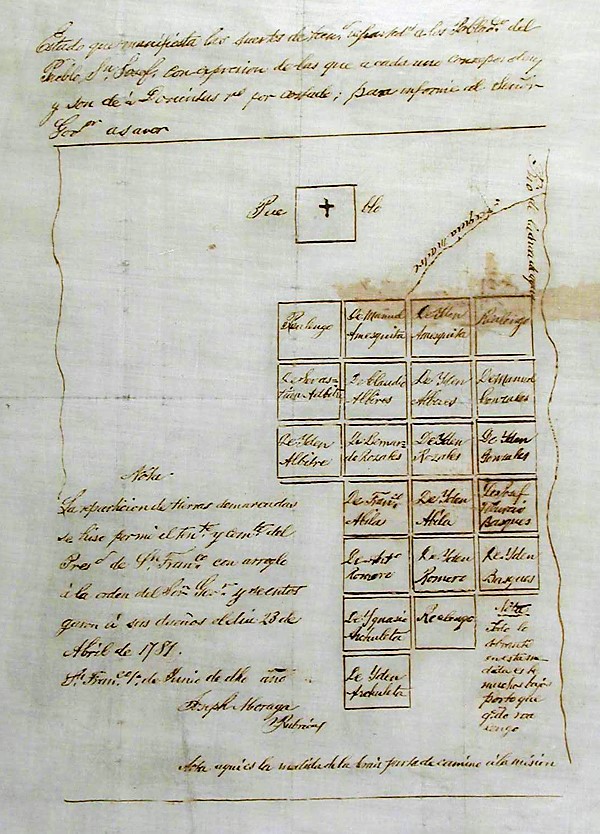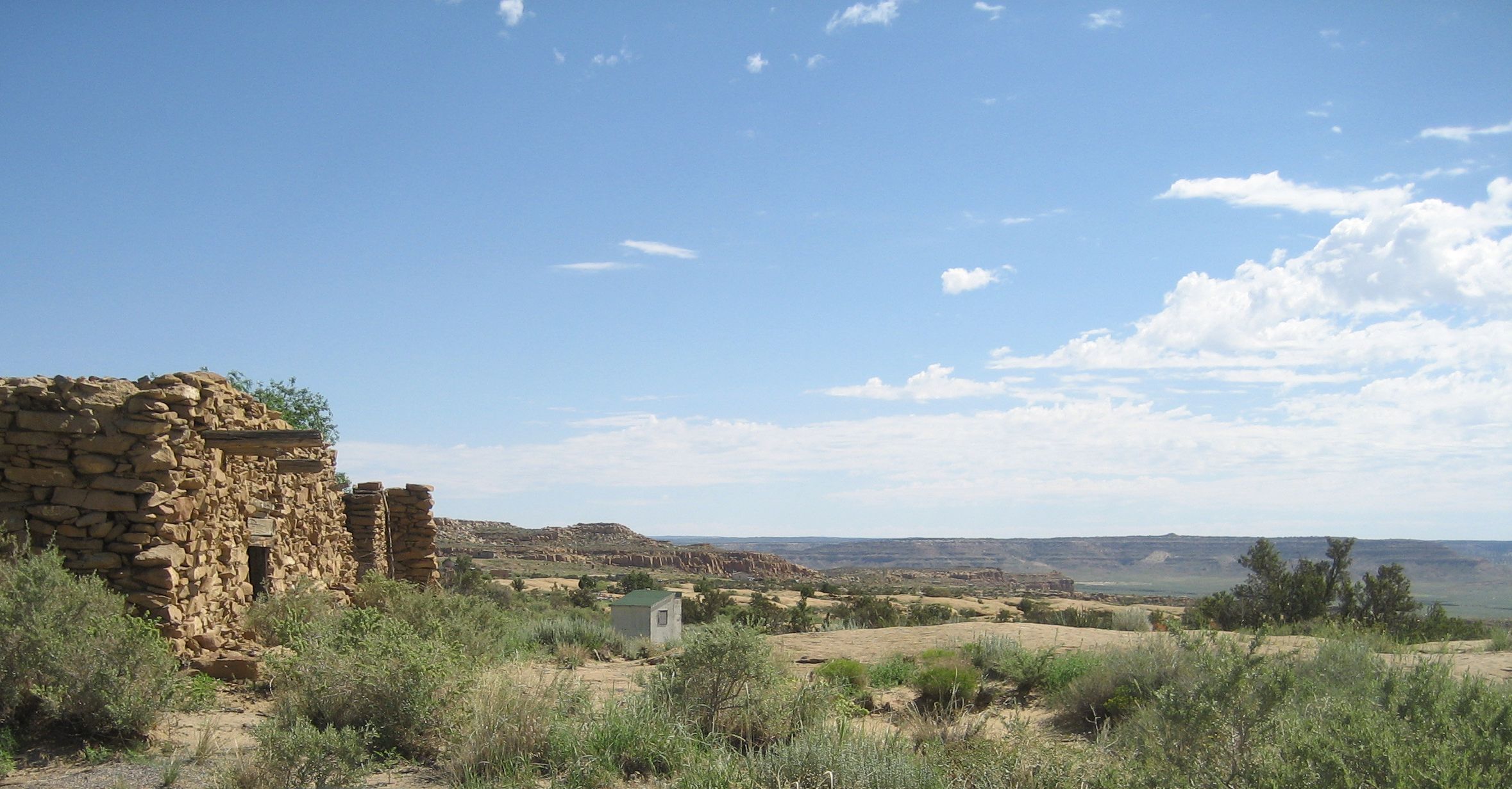|
Jo Mora
Joseph Jacinto Mora (October 22, 1876 – October 10, 1947) was a Uruguayan-born American cowboy, photographer, artist, cartoonist, illustrator, painter, muralist, sculptor, and historian who lived with the Hopi and wrote about his experiences in California. He has been called the "Renaissance Man of the West". Early life Mora was born on October 22, 1876 in Montevideo, Uruguay. His father was the Catalan sculptor, Domingo Mora, and his mother was Laura Gaillard Mora, an intellectual born in the Bordeaux region of France. His elder brother was F. Luis Mora, who would become an artist and the first Hispanic member of the National Academy of Design. The family entered the United States in 1880 and first settled in New York City, and then Perth Amboy, New Jersey. Career Jo Mora studied art at the Art Students League of New York and the Cowles Art School in Boston. He also studied with William Merritt Chase. He worked as a cartoonist for the Boston Evening Traveller, and later, th ... [...More Info...] [...Related Items...] OR: [Wikipedia] [Google] [Baidu] |
Montevideo
Montevideo () is the Capital city, capital and List of cities in Uruguay, largest city of Uruguay. According to the 2011 census, the city proper has a population of 1,319,108 (about one-third of the country's total population) in an area of . Montevideo is situated on the southern coast of the country, on the northeastern bank of the Río de la Plata. The city was established in 1724 by a Spanish soldier, Bruno Mauricio de Zabala, as a strategic move amidst the Spanish people, Spanish-Portuguese people, Portuguese dispute over the La Plata Basin, platine region. It was also under brief British invasions of the Río de la Plata, British rule in 1807, but eventually the city was retaken by Spanish criollos who defeated the British invasions of the River Plate. Montevideo is the seat of the administrative headquarters of Mercosur and ALADI, Latin America's leading trade blocs, a position that entailed comparisons to the role of Brussels in Europe. The 2019 Mercer's report on qual ... [...More Info...] [...Related Items...] OR: [Wikipedia] [Google] [Baidu] |
Boston Herald
The ''Boston Herald'' is an American daily newspaper whose primary market is Boston, Massachusetts, and its surrounding area. It was founded in 1846 and is one of the oldest daily newspapers in the United States. It has been awarded eight Pulitzer Prizes in its history, including four for editorial writing and three for photography before it was converted to tabloid format in 1981. The ''Herald'' was named one of the "10 Newspapers That 'Do It Right' in 2012 by '' Editor & Publisher''. In December 2017, the ''Herald'' filed for bankruptcy. On February 14, 2018, Digital First Media successfully bid $11.9 million to purchase the company in a bankruptcy auction; the acquisition was completed on March 19, 2018. As of August 2018, the paper had approximately 110 total employees, compared to about 225 before the sale. History The ''Herald'' history can be traced back through two lineages, the '' Daily Advertiser'' and the old ''Boston Herald'', and two media moguls, William Randolph ... [...More Info...] [...Related Items...] OR: [Wikipedia] [Google] [Baidu] |
Miguel De Cervantes
Miguel de Cervantes Saavedra (; 29 September 1547 (assumed) – 22 April 1616 Old Style and New Style dates, NS) was an Early Modern Spanish writer widely regarded as the greatest writer in the Spanish language and one of the world's pre-eminent novelists. He is best known for his novel ''Don Quixote'', a work often cited as both the first modern novel and one of the pinnacles of world literature. Much of his life was spent in poverty and obscurity, which led to many of his early works being lost. Despite this, his influence and literary contribution are reflected by the fact that Spanish is often referred to as "the language of Cervantes". In 1569, Cervantes was forced to leave Spain and move to Rome, where he worked in the household of a Cardinal (Catholic Church), cardinal. In 1570, he enlisted in a Spanish Marine Infantry, Spanish Navy infantry regiment, and was badly wounded at the Battle of Lepanto in October 1571. He served as a soldier until 1575, when he was captur ... [...More Info...] [...Related Items...] OR: [Wikipedia] [Google] [Baidu] |
San Jose, California
San Jose, officially San José (; ; ), is a major city in the U.S. state of California that is the cultural, financial, and political center of Silicon Valley and largest city in Northern California by both population and area. With a 2020 population of 1,013,240, it is the most populous city in both the Bay Area and the San Jose–San Francisco–Oakland, CA Combined Statistical Area, San Jose-San Francisco-Oakland Combined Statistical Area, which contain 7.7 million and 9.7 million people respectively, the List of largest California cities by population, third-most populous city in California (after Los Angeles and San Diego and ahead of San Francisco), and the List of United States cities by population, tenth-most populous in the United States. Located in the center of the Santa Clara Valley on the southern shore of San Francisco Bay, San Jose covers an area of . San Jose is the county seat of Santa Clara County, California, Santa Clara County and the main component of the San ... [...More Info...] [...Related Items...] OR: [Wikipedia] [Google] [Baidu] |
Animal Worship
The term Animal worship (or zoolatry) is an umbrella term designating religious or ritual practices involving animals. This includes the worship of animal deities or animal sacrifice. An animal 'cult' is formed when a species is taken to represent a religious figure ( Teeter et al., 2002, p. 355). Animal cults can be classified according to their formal features or by their symbolic content ( Thomas 1911, p. 51). The classical author Diodorus situated the origin of animal worship in a myth in which the gods, threatened by giants, disguised themselves as animals. The people then began to worship these animals and continued even after the gods returned to their normal state ( Lubbock, 2005, p. 252). In 1906, Weissenborn suggested that animal worship resulted from humans fascination with the natural world. Primitive man would observe an animal that had a unique trait and the inexplicability would engender curiosity ( Weissenborn, 1906b, p. 282). Wonder resulte ... [...More Info...] [...Related Items...] OR: [Wikipedia] [Google] [Baidu] |
Native Americans In The United States
Native Americans, also known as American Indians, First Americans, Indigenous Americans, and other terms, are the Indigenous peoples of the mainland United States ( Indigenous peoples of Hawaii, Alaska and territories of the United States are generally known by other terms). There are 574 federally recognized tribes living within the US, about half of which are associated with Indian reservations. As defined by the United States Census, "Native Americans" are Indigenous tribes that are originally from the contiguous United States, along with Alaska Natives. Indigenous peoples of the United States who are not listed as American Indian or Alaska Native include Native Hawaiians, Samoan Americans, and the Chamorro people. The US Census groups these peoples as " Native Hawaiian and other Pacific Islanders". European colonization of the Americas, which began in 1492, resulted in a precipitous decline in Native American population because of new diseases, wars, ethni ... [...More Info...] [...Related Items...] OR: [Wikipedia] [Google] [Baidu] |
Oraibi, Arizona
Oraibi, also referred to as Old Oraibi, is a Hopi village in Navajo County, Arizona, United States, in the northeastern part of the state. Known as Orayvi by the native inhabitants, it is on Third Mesa on the Hopi Reservation near Kykotsmovi Village. There are no accurate census counts or estimates for the village population. History Oraibi was founded sometime before the year 1100 AD, making it possibly the oldest continuously inhabited settlement in the United States. Archeologists speculate that a series of severe droughts in the late 13th century forced the Hopi to abandon several smaller villages in the region and consolidate within a few population centers. As Oraibi was one of these surviving settlements its population grew considerably, and became populous and the most influential of the Hopi settlements. By 1890 the village was estimated to have a population of 905, about half of the 1,824 estimated to be living in all of the Hopi settlements at the time. Oraibi rem ... [...More Info...] [...Related Items...] OR: [Wikipedia] [Google] [Baidu] |
Navajo People
The Navajo (; British English: Navaho; nv, Diné or ') are a Native American people of the Southwestern United States. With more than 399,494 enrolled tribal members , the Navajo Nation is the largest federally recognized tribe in the United States; additionally, the Navajo Nation has the largest reservation in the country. The reservation straddles the Four Corners region and covers more than 27,325 square miles (70,000 square km) of land in Arizona, Utah, and New Mexico. The Navajo Reservation is slightly larger than the state of West Virginia. The Navajo language is spoken throughout the region, and most Navajos also speak English. The states with the largest Navajo populations are Arizona (140,263) and New Mexico (108,306). More than three-fourths of the enrolled Navajo population resides in these two states. [...More Info...] [...Related Items...] OR: [Wikipedia] [Google] [Baidu] |
El Camino Real (California)
El Camino Real (Spanish; literally The Royal Road, often translated as The King's Highway) is a 600-mile (965-kilometer) commemorative route connecting the 21 Spanish missions in California (formerly the region Alta California in the Spanish Empire), along with a number of sub-missions, four presidios, and three pueblos. Sometimes associated with Calle Real, its southern end is at Mission San Diego de Alcalá and its northern terminus is at Mission San Francisco Solano. The name was revived in the American era in connection with the boosterism associated with the Mission Revival movement of the early 20th century. Streets throughout California bear the "El Camino Real" name. The route has been continually upgraded and is decorated with Commemorative bell markers. Spanish and Mexican era In earlier Spanish colonial times, any road under the direct jurisdiction of the Spanish crown and its viceroys was considered to be a ''camino real''. Examples of such roads ran between ... [...More Info...] [...Related Items...] OR: [Wikipedia] [Google] [Baidu] |
Spanish Missions In California
The Spanish missions in California ( es, Misiones españolas en California) comprise a series of 21 religious outposts or missions established between 1769 and 1833 in what is now the U.S. state of California. Founded by Catholic priests of the Franciscan order to evangelize the Native Americans, the missions led to the creation of the New Spain province of Alta California and were part of the expansion of the Spanish Empire into the most northern and western parts of Spanish North America. Following long-term secular and religious policy of Spain in Spanish America, the missionaries forced the native Californians to live in settlements called reductions, disrupting their traditional way of life. The missionaries introduced European fruits, vegetables, cattle, horses, ranching, and technology. Immense reductions in the population of Indigenous peoples of California occurred through the introduction of European diseases, which quickly spread as native people were forced i ... [...More Info...] [...Related Items...] OR: [Wikipedia] [Google] [Baidu] |









